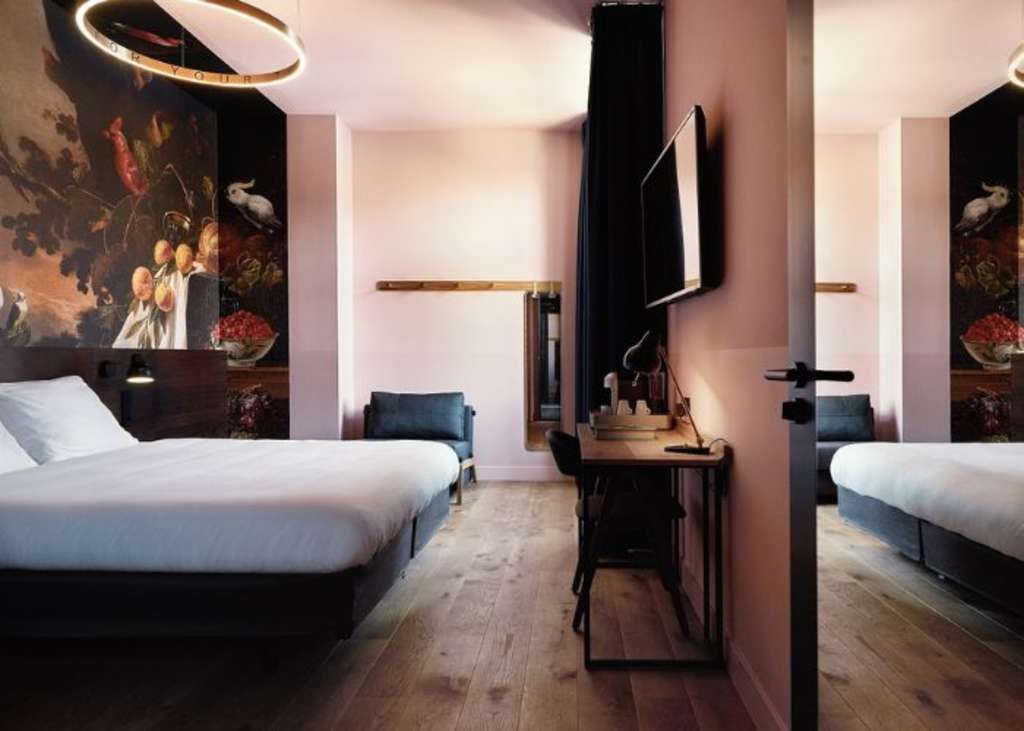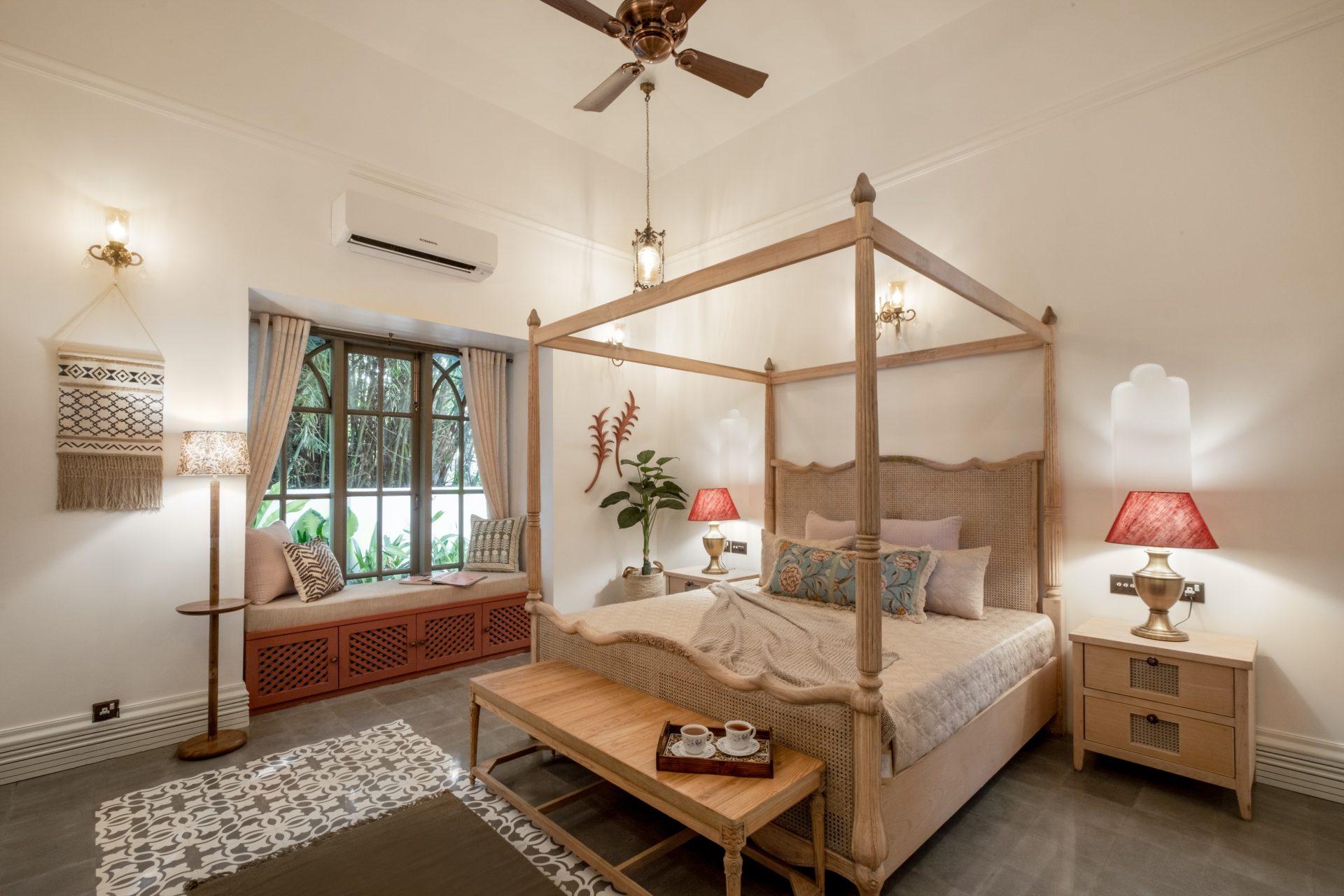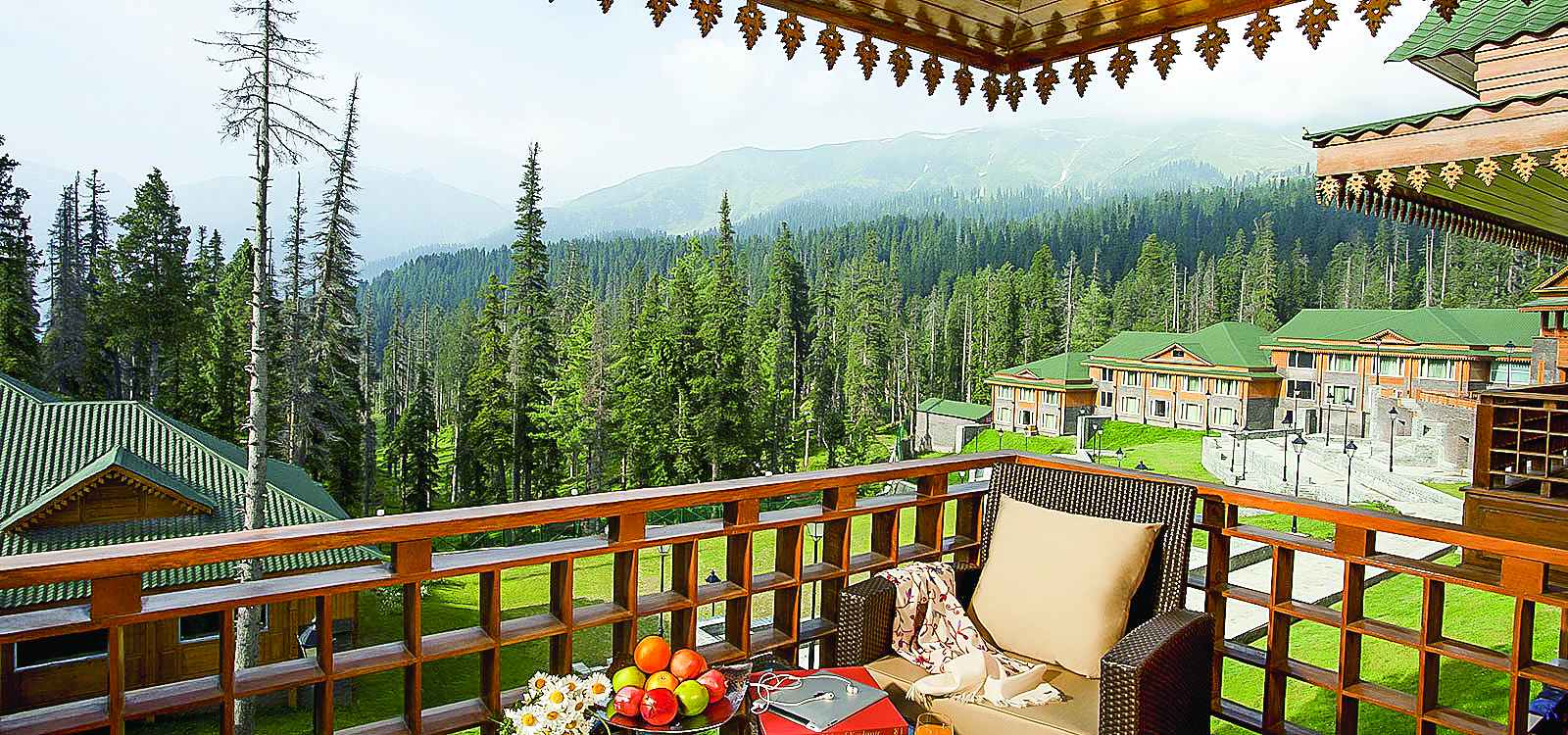Maintaining and upgrading a hotel is essential to ensure guest satisfaction, enhance reputation, and prolong the lifespan of the property. However, these improvements often come at a significant cost. Implementing cost-effective strategies allows hotels to maintain high standards without exceeding their budgets. Here are several practical ways to achieve efficient maintenance and upgrades.
1. Preventative Maintenance Over Reactive Repairs
One of the most effective cost-saving strategies for hotel maintenance is adopting a preventative maintenance approach. Regular inspections and scheduled maintenance help detect minor issues before they become major, costly problems. Implementing a computerized maintenance management system (CMMS) can streamline the tracking of maintenance tasks, reducing downtime and unexpected expenses. Regularly servicing HVAC systems, plumbing, and electrical components extends their longevity and avoids expensive emergency repairs.
2. Energy Efficiency Upgrades
Energy-efficient upgrades not only reduce operating costs but also enhance sustainability. Installing LED lighting, energy-efficient appliances, and motion sensor lighting in common areas can significantly lower electricity bills. Smart thermostats and energy-efficient HVAC systems help maintain optimal temperature settings while reducing energy consumption. Additionally, implementing water-saving fixtures, such as low-flow toilets and faucets, can cut down water bills without compromising guest comfort.
3. Smart Procurement and Bulk Purchasing
When upgrading a hotel, strategic procurement plays a crucial role in cost management. Buying materials and supplies in bulk can result in significant discounts from suppliers. Partnering with reliable vendors and negotiating long-term contracts can also lead to better pricing. Opting for durable, high-quality materials ensures longevity, reducing the need for frequent replacements.
4. Renovation in Phases
Instead of undertaking a complete renovation at once, hotels can save money by upgrading in phases. Prioritizing the most critical areas, such as guest rooms and lobbies, ensures continuous operation while keeping renovation costs manageable. A well-structured phased approach minimizes guest inconvenience and helps spread costs over a longer period, reducing financial strain.
5. Utilizing Multi-Functional Spaces
Maximizing the use of available space helps reduce the need for costly expansions. Converting underutilized areas into functional spaces, such as meeting rooms, co-working spaces, or wellness centers, can increase revenue potential. Flexible furniture and modular designs allow spaces to serve multiple purposes, optimizing functionality without extensive renovations.
6. Staff Training and In-House Maintenance Teams
Hiring external contractors for every repair can be expensive. Training in-house staff for routine maintenance tasks such as plumbing fixes, HVAC servicing, and basic electrical work can significantly reduce outsourcing costs. Investing in employee development not only enhances efficiency but also ensures quicker response times to maintenance needs.
7. Refurbishing Instead of Replacing
Replacing furniture, fixtures, and equipment can be costly. Instead, refurbishing or reupholstering existing furniture provides a fresh look at a fraction of the cost. Repainting walls, polishing wooden surfaces, and replacing worn-out upholstery extend the life of existing assets while maintaining an updated appearance.
8. Leveraging Government and Sustainability Grants
Many governments and organizations offer incentives for hotels that invest in sustainable practices. Researching and applying for grants related to energy efficiency, water conservation, and sustainable construction can provide financial relief for upgrades. Additionally, incorporating green practices can attract eco-conscious travelers, boosting occupancy rates.
9. Implementing Smart Technology
Investing in smart technology can improve efficiency and reduce operational costs. Keyless entry systems minimize the need for physical keys and associated maintenance. Smart sensors for lighting and climate control ensure that energy is only used when necessary. Mobile check-ins and automated concierge services streamline operations, reducing labor costs and enhancing the guest experience.
10. Partnering with Local Businesses
Collaborating with local businesses for services such as landscaping, laundry, and catering can lead to cost-effective solutions. Local vendors may offer competitive pricing compared to larger corporations. Additionally, sourcing locally produced furniture and decor items supports the community and reduces transportation costs.
11. Recycling and Sustainable Waste Management
Reducing waste through recycling and sustainable practices helps cut disposal costs. Repurposing old furniture, donating used materials, and implementing composting programs in restaurants can contribute to a greener, more cost-effective operation. Encouraging guests to participate in sustainability initiatives, such as linen and towel reuse programs, further reduces laundry and water expenses.
12. Conducting Regular Guest Feedback Analysis
Understanding guest preferences through reviews and surveys helps prioritize necessary upgrades. Instead of investing in unnecessary renovations, hotels can focus on key areas that directly impact guest satisfaction. Addressing frequent complaints about specific amenities or maintenance issues ensures that budgets are allocated efficiently.
Conclusion
Maintaining and upgrading a hotel doesn’t have to be an expensive endeavor. By adopting preventative maintenance strategies, investing in energy-efficient solutions, utilizing in-house staff for minor repairs, and leveraging smart technology, hotels can optimize costs while enhancing guest experiences. Phased renovations, bulk purchasing, and local partnerships further contribute to cost savings. Implementing these strategies ensures that hotels remain competitive, visually appealing, and financially sustainable in the long run.



